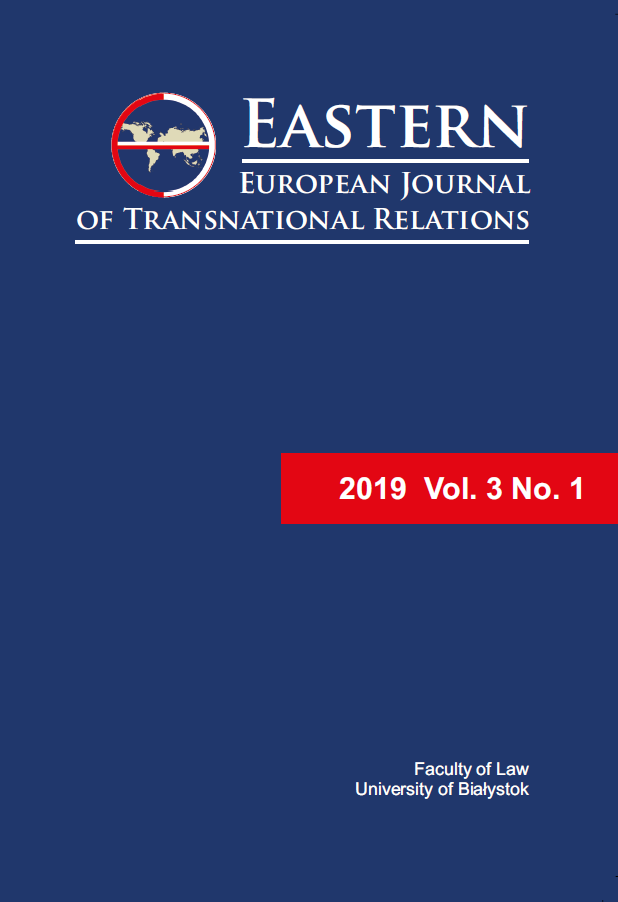The International Registration of Trade Marks under the Madrid System: Advantages and Disadvantages
The International Registration of Trade Marks under the Madrid System: Advantages and Disadvantages
Author(s): Agnieszka PrzygodaSubject(s): Law, Constitution, Jurisprudence, Civil Law, International Law
Published by: Temida 2
Keywords: Trade Marks; Intellectual Property; Madrid Protocol; Madrid Agreement; International Registration of Marks; Madrid System; The World Intellectual Property Organization
Summary/Abstract: The objective of this article is to present an overview, the advantages and disadvantages of the International Registration of Marks under the Madrid System. With over 1.3 million trade marks registered, the Madrid System is the top choice for international trade mark registration among multinational companies. There are three possible routes that traders might take to register a trade mark: national, European or international. A national registration system for trade marks provides protection at a national level only. Registration at the EU level through a single application to the European Intellectual Property Office (EUIPO) in Alicante, Spain provides protection in all 28 EU Member States. International registration of marks under the Madrid System, administered by the International Bureau of the World Intellectual Property Organization (WIPO) in Geneva, Switzerland enables traders to obtain protection in a number of different jurisdictions via a single application. This article will focus on the description of the main features of international registration of marks under the Madrid System, its advantages and disadvantages which should be considered by traders before deciding which route to take in order to protect their trade mark.
Journal: Eastern European Journal of Transnational Relations
- Issue Year: 3/2019
- Issue No: 1
- Page Range: 67-79
- Page Count: 13
- Language: English

